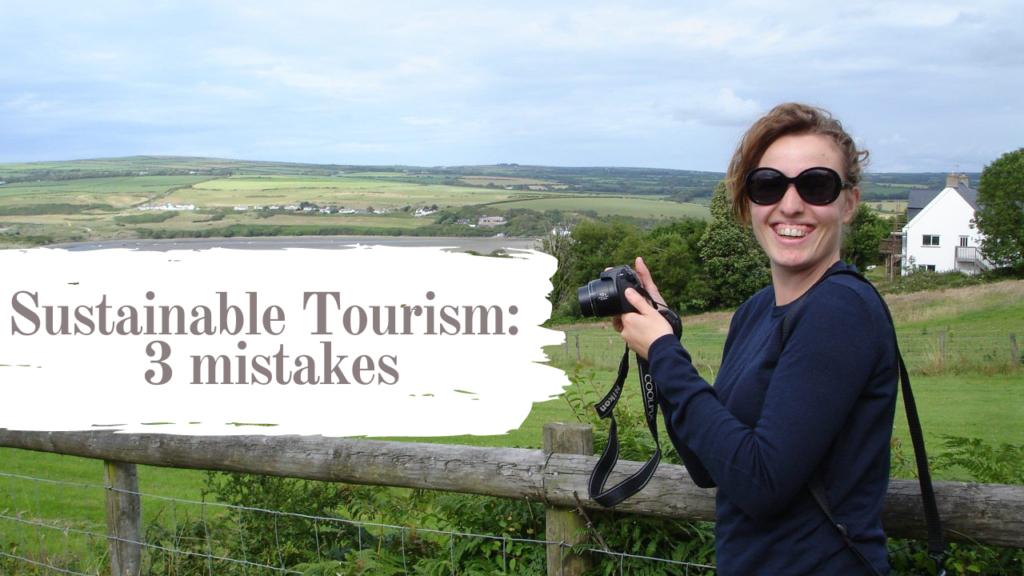For some years now, we have heard more and more about sustainable tourism.
There are many hypotheses about the meaning of this concept, and many projects start with this justification.
Do you want to know what we are talking about?
I am Sara and today I am going to present to you the three main common mistakes in the definition of sustainable tourism. These are mistakes that block many professionals and operators who would like to make and be more sustainable.
TYPOLOGY VS APPROACH
Typology vs approach means that very often sustainable tourism is considered a type of tourism, a kind of offer. Instead, I’m afraid that’s not right because unlike sports tourism, luxury tourism, wellness tourism and many others, sustainable tourism is a fundamental approach that applies through different strategies to any tourism.
The definition of Sustainable tourism is as an approach to tourism that takes into account ecological sustainability, social sustainability and economic sustainability.
SUSTAINABLE TOURISM = SOLIDARITY
The second most common mistake, particularly in Italy, is to consider sustainable tourism as an act, as an instrument of solidarity.
In reality, things are quite different because when we talk about solidarity, about non-profit, the objective must be to contribute to the wellbeing of people, of the target we are addressing. As far as sustainable tourism is concerned, the aim is to make a profit. Making a profit in such a way that neither the environment, nor society, nor even our economy, especially the economy of local people: the residents, the community, has adverse effects.
The consideration above leads to the third most common mistake when thinking about sustainable tourism: the fear of profit.
FEAR OF PROFIT
Fear of making a profit, fear of making a profit from tourism and having a sustainable approach is wrong!
The very definition of sustainable tourism includes a crucial part: economic sustainability for a company, project, initiative, destination in the medium and long term.
Each practice, action, and approach must be made in a way that it is commensurate with the economic possibilities, the size of the company or entity that wants to undertake them.
I hope this information is of interest to you.

I would like to know which of the mistakes I have just mentioned interested you the most and whether you think there are other important ones to point out. Please let me know in the comments!
Sara – tourism consultant
